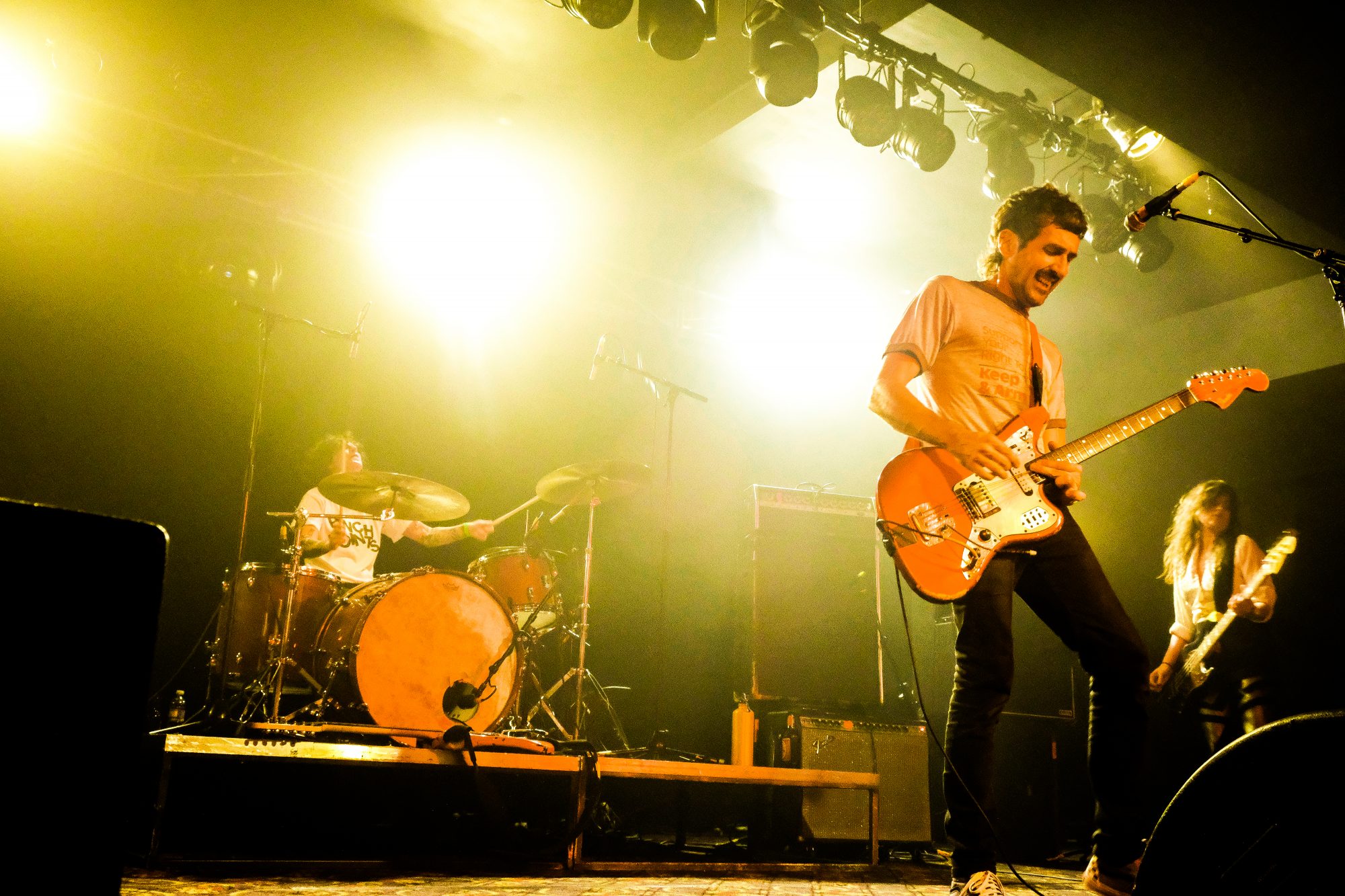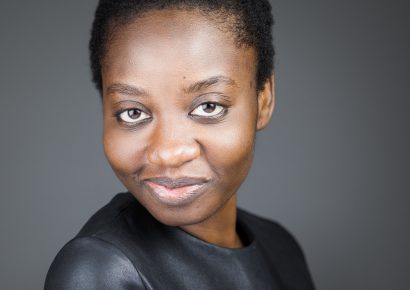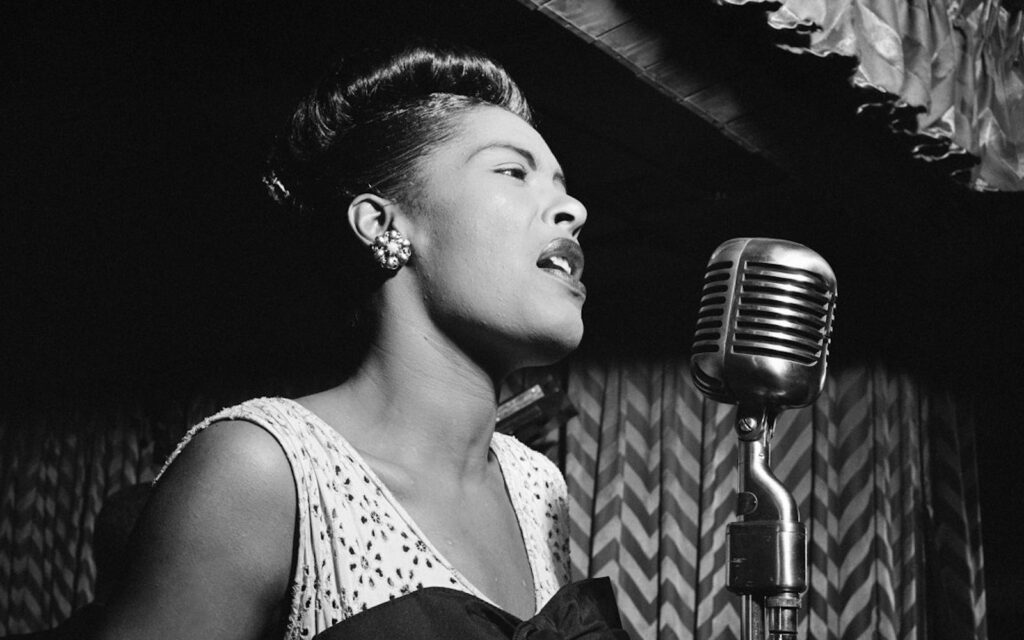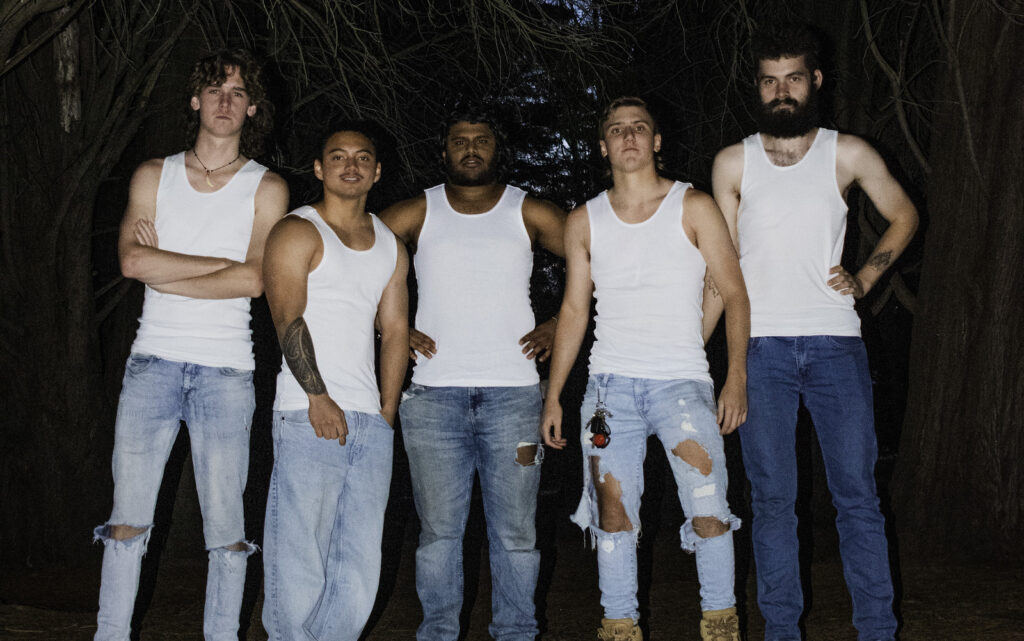Melbourne’s live music industry is calling out for a lifeline.
Melbourne’s live music industry has spent the past year weathering the storm of the ongoing coronavirus pandemic, and the fight to survive is far from over.
Businesses are operating at significantly reduced capacities, large-scale events are struggling to get off the ground, and employers are relying heavily on wage subsidy packages to sustain themselves and their staff.
It’s an ongoing struggle that most of us hoped would be over when 2021 rolled around. For many, 2020 was written off as an unprecedented disaster that would somehow evanesce when the clock struck midnight on December 31. But two months into the New Year, it’s becoming apparent that this won’t be the case.
Never miss a story. Sign up to Beat’s newsletter and you’ll be served fresh music, arts, food and culture stories five times a week.
The cloud of uncertainty over the next few months remains dark for Melbourne’s live music industry, which finds itself with a lot of questions and not many answers. With grant money drying up, JobKeeper set to expire at the end of next month and capacity restrictions remaining stagnant, businesses have been left wondering what their futures hold.
So far, the predictions aren’t pretty.
More than 3,500 signatories recently penned an open letter to the Federal Government calling for continued support after JobKeeper ends.
“Each time there is another COVID-19 cluster or a quarantine breach, any plans to trade again are halted,” it reads.
“Musicians, sole traders, venues, clubs, festivals, music businesses and the industry remain out of work. Billions of dollars for hospitality and tourism generated from Australian music remains stifled.”
“Bureau of Statistics data shows that arts and entertainment related industries have seen some of the largest pandemic business shutdowns.”
Music Victoria was one of many organisations backing the letter, with Acting CEO Dale Packard echoing the harrowing sentiment.
“In terms of music businesses, a huge amount of them are on JobKeeper – over 70 per cent or something like that – and most of the reports we’re getting are that a lot of them will have to close if JobKeeper isn’t extended. That’s tens of thousands of jobs, billions of dollars,” he says.
“We’re essentially an industry in crisis, and we need some national funding initiatives to support the industry or it’s going to go off a cliff very quickly.”
Talk of targeted support packages continues, but at the time of writing, nothing has yet been finalised. One such proposal came from the Australian Chamber of Commerce and Industry (ACCI) last month, calling on the federal government for sustained financial aid for sectors that continue to be impacted by COVID-19.
“When restrictions lift and we need more planes in the air, or venues to hold our events this year, we’ll need the businesses ready to go, with the skills and infrastructure to get back to work immediately,” said Jenny Lambert, Acting CEO of the ACCI.
Since then, Federal Treasurer Josh Frydenberg has said “over the coming weeks we’ll have more to say on targeted support for various sectors and industries,” but hasn’t addressed whether this will include music, nor provided a timeframe for any update.
The Victorian Government has provided numerous funding packages over the past 12 months, including a $143 million scheme for businesses affected by the recent snap lockdown. It’s likely they’ll intervene again if the federal government doesn’t come to the table, but it still won’t be a saving grace.
“There’s not enough money in the state budget to fully support the live music sector. It really does need to be a combination of federal and state,” Packard explains.
“Even with federal government and state government support, we’ll certainly see a reduction in the size of the industry; it’s just inevitable.”
However, funding is only part of the puzzle, and while it would provide a life raft to keep businesses temporarily afloat, Packard stresses the need for plans to get back to normal trading.
“I’ve spoken to lots of venues and live music operators who have said ‘yeah, some funding would be nice, but what we really need to do is be able to trade at our normal capacity or have some kind of roadmap to when we will be able to trade at 100 per cent’.”
Current capacity restrictions are weighing heavily on businesses, with an APRA AMCOS survey reporting that the live music industry is operating at four per cent of last year’s level. In Victoria, density quotients have today (Friday February 26) returned to COVIDSafe Summer standards of one person per two square metres, but this isn’t a sustainable model.
View this post on Instagram
“In normal times, if you’re a standing venue, your density quotient is more like one per 0.75 metres squared, so it’s a significant drop,” says Packard.
“There’s a perception in some circles that music is back because we’re able to do gigs again, but the reality is that it’s trading at a huge loss at the moment.”
“Our industry is designed to run on full capacity,” agrees venue owner Liam Matthews. “You cannot choose to open a bar or a pub or a live music venue or anything by going ‘well this venue could hold 1,000 people but I’m going to build seating for 300’ because it doesn’t work like that – you still pay the rent for 1,000 people.”
Before COVID, Matthews owned three businesses in Melbourne, with a fourth on the way. During the pandemic he was forced to close one and abandon another, pouring all his money and energy into the remaining two – Fitzroy’s The Old Bar and Abbotsford’s The Carringbush Hotel.
He’s been able to keep both going due to JobKeeper, lenient landlords and some innovative funding incentives throughout lockdown, but it’s proving a continuous slog with no end in sight.
Matthews says that while he understands the government is facing uncertainties too, not having a clear way forward only fuels the anxiety.
“I’m a patient guy, but it would be great to know how and when the plan is,” he says. “It would be good to go, ‘Alright, 2021’s a bit of a write-off as well but we know that in 2022, January, we’re allowed to go back to 100 per cent capacity’.”
“I think what we’d really like to see as a sector is some more foresight and more planning,” echoes Packard. “I understand that you need to respond to the health risks in the moment and the virus can move quickly so you need to make those quick calls, but why can’t we have a roadmap?
“We know we’ve got the vaccine, there’s a plan for the rollout, but why’s there not an accompanying plan to go back to full trading?”
Until the industry finds some answers, it continues to be stuck in a debilitating loop. Border closures impact touring, which impacts income, which is also impacted by capacity restrictions. A lack of profit makes businesses more reliant on funding, which is only a bandaid until the other problems resolve – and so it continues.
Despite Josh Frydenberg’s recent claim that “our economic recovery [is] well underway”, a collapse of the live music industry would mean an annual loss of $15 billion nationally, and $1.5 billion in Victoria.
But it’s about more than money. It’s about people’s livelihoods, their creative expression and the collective joy we get from live music. A muted Melbourne, without its notorious haunts, smorgasbord of gigs and musical diversity, would be devastating for the entire community and every other industry with which it has a symbiotic relationship.
The live music sector is calling out for help, and its cries can no longer be ignored.
Note: we reached out to Minister for Creative Industries Danny Pearson for comment but did not receive a response.







